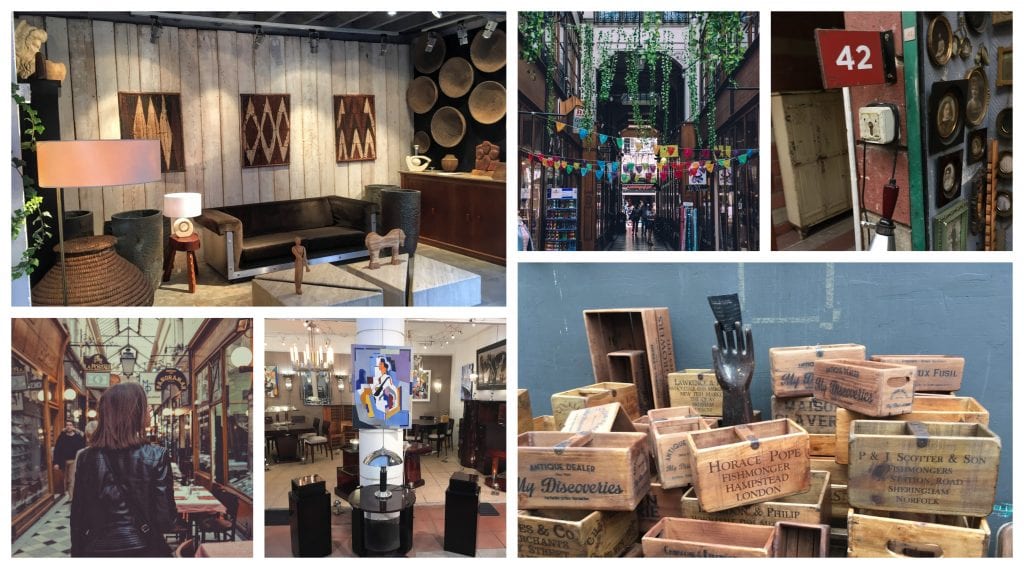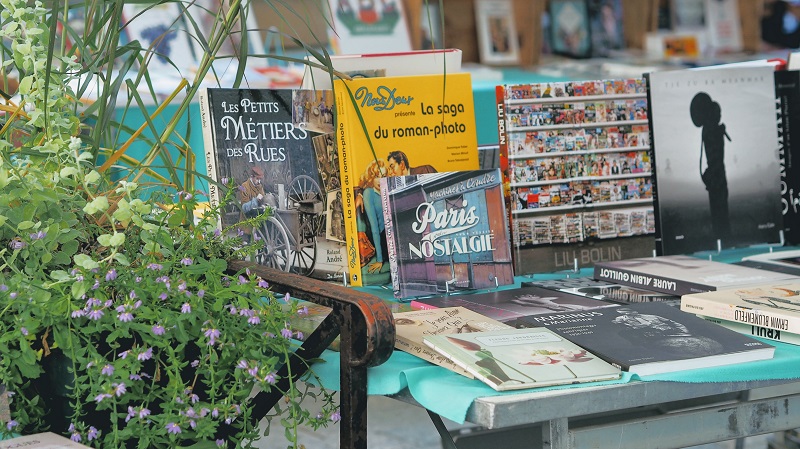Business lessons from the Paris flea market
Finding, connecting, and working with your ideal clients in your interior design business is a lot like shopping at the Paris Flea Market.
That may sound like a ridiculous claim, but it’s 100% true – and let me tell you why:
First, if you’re not already familiar with it, let me fill you in about the world-famous, “Oh my goodness, I have to go there!” bucket-list destination that is the Paris Flea Market.
On a recent visit, I was surprised to discover that the largest market, Marché aux Puces de St.-Ouen, or Les Puces as it’s known locally, is actually an enormous labyrinth of 2,500 stores spread across 15 separate markets.
It’s in a ho-hum suburb of Paris, St.-Ouen (where a super-handsome cop came to our rescue at the Metro entrance – more about that some other time) and over time has transformed from a mishmash of picked-through trash to the world’s largest antique market.
There are 15 different markets collected within Les Puces. They range from inexpensive knickknacks to turn-of-the-century books, vintage Chanel, religious paintings, and high-end vintage home furnishings (that’s where Lenny Kravitz likes to shop.)
It took us three hours to quickly browse through 5 of these 15 markets, and that didn’t include actual shopping – just walking from market to market and getting an idea of the types of items available in each!
There’s so much there that it’s all too easy to get overwhelmed.
Here are the keys to successfully navigating Les Puces:
- Start with a purpose. Start your adventure by knowing what you’re looking for to ensure you’re searching the right markets, rather than wandering around aimlessly thinking “I’m sure I’ll find something,” which leads to feeling overwhelmed and maybe even leaving with nothing to show for your time and effort. TIP: If you’re looking for luxurious antiques, then you’re going to spend most of your time in the Serpette market.
- Come up with a plan. Shopping at Les Puces is serious business. Decide what time you want to arrive (the earlier the better), how you’ll get there (the métro [subway] can be a bit of a hike), and how you’re going to communicate what you want and what you’re willing to pay with stall owners so you both walk away happy.
- Act like you belong. There’s a certain elan to connecting with the stall owners and dealers – words you use and gestures you make to indicate that you’re “in the know” or “one of them” because you’re a professional interior designer, and thus should be treated differently than the random tourists wandering around.
- Enjoy the process. Knowing what you want and where to find it is only half the experience. The other half is the joy of exploring the different stalls, talking with different vendors, creating relationships with dealers, and scoring those exact pieces you set out to discover.
So, how does all this relate to connecting with your ideal clients in your interior design practice?
It’s the exact same process: you start with a purpose, come up with a plan, position yourself as the expert and control the conversation, and then enjoy the journey!
Ideal clients and projects don’t just appear in your business at random. It requires having a clear vision of your ultimate goals, a plan for connecting with clients whose projects support you in achieving those goals, and then executing it systematically so you can enjoy the process (and deal with the inevitable surprises – some good, some bad – that pop up along the way.)
Otherwise, finding your ideal clients can be like trying to find a needle in a haystack – or the perfect vintage chaise lounge at the Paris Flea Market!
If you’ve tried to up-level your business or find higher-end, ideal clients on your own, but have fallen short or felt like you were lost even before getting started, then BOOK A BREAKTHROUGH CALL TODAY <<<













